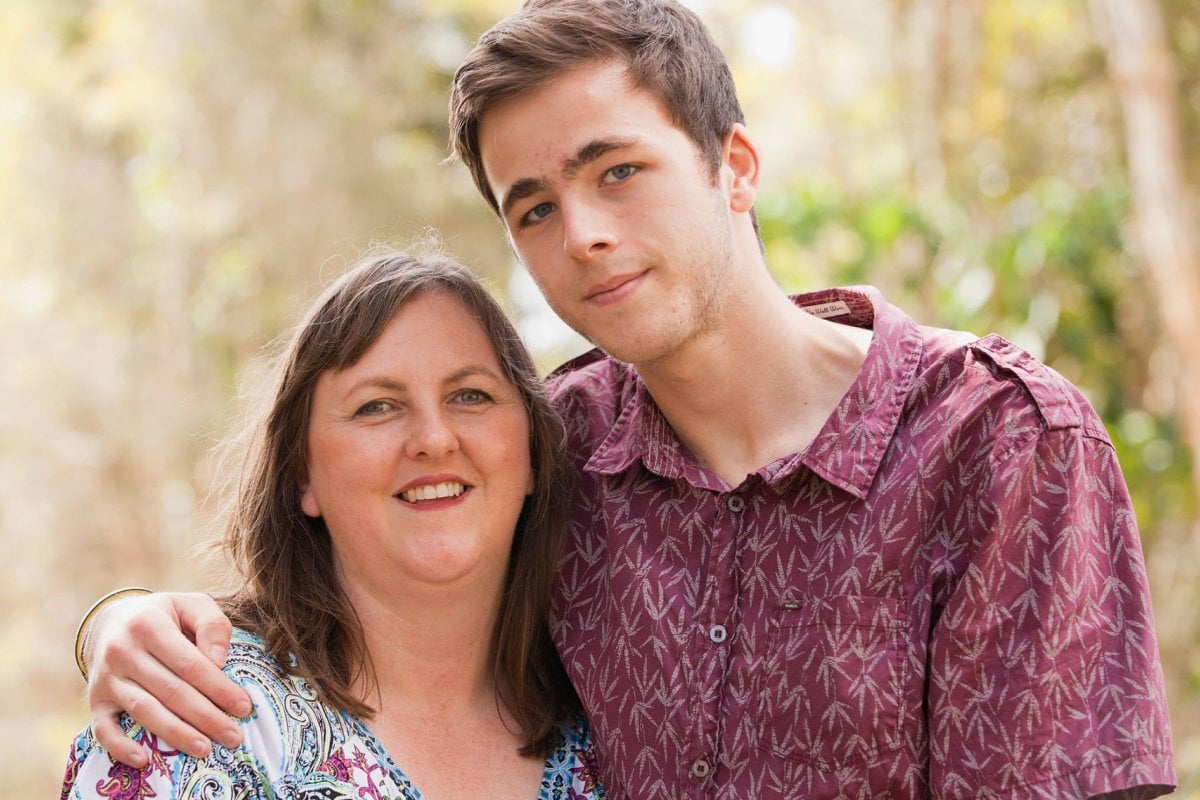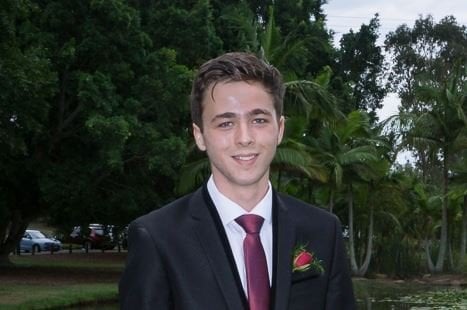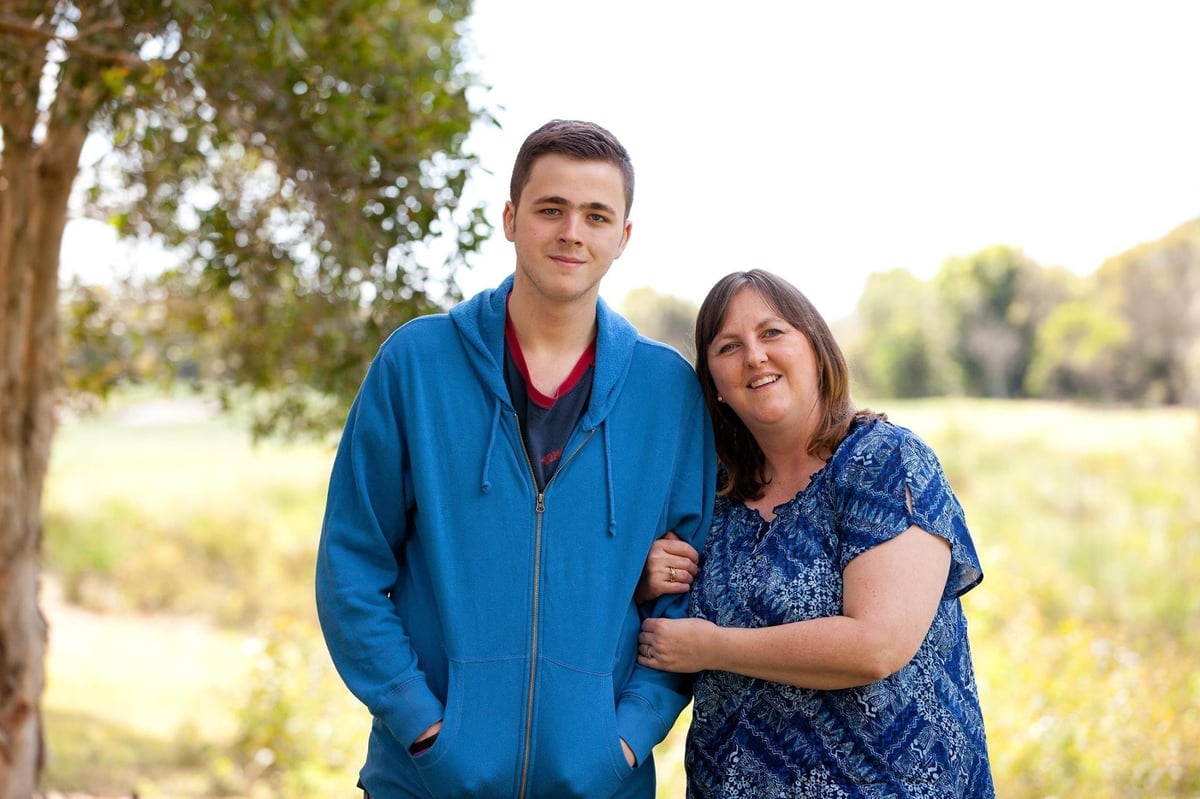
Lanai Carter has had to grieve the days where if her son ran out of cannabis, they'd simply drive down to the local dispensary and pick some more up.
Or they'd put in a phone call knowing it would be delivered to their doorstep in just four hours.
That was only the reality for a year of Lindsay Carter's journey with intractable epilepsy and an inoperable brain tumour. When the 22-year-old first got diagnosed at the age of 14, he and his family found themselves in America searching for answers. Cannabis oil and cannabis flower were the only things that helped, and thankfully over there, he could get access to both legally.
Watch: Lindsay and his mum on 60 Minutes in 2016. Post continues after video.
Without it, Lindsay wouldn't eat. He was constantly nauseous, and he'd vomit all the time. He would get up to 20 seizures a day. On cannabis - which he is supposed to take in oil form three times a day, alongside vaporised cannabis which he uses throughout the day - he is a completely different person.
"He went from barely being able to write on a birthday card to being able to write essays again," Lanai told Mamamia.
"From being a kid who barely went to school, to a kid bounding out the door full of energy wanting to live life to the fullest. It was just a complete turnaround."



Top Comments